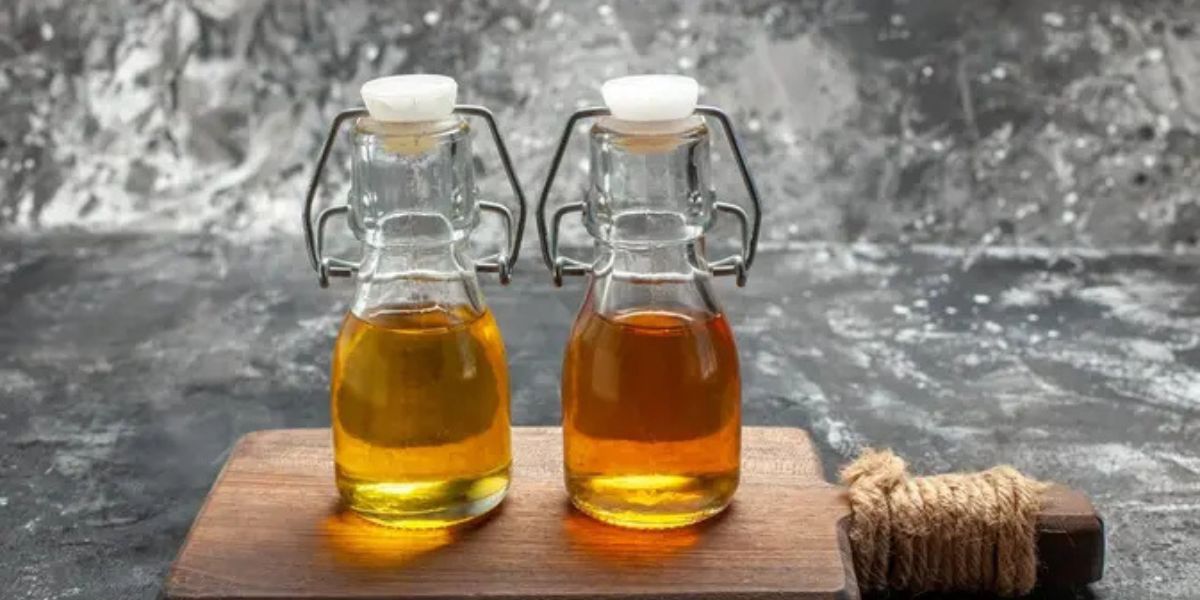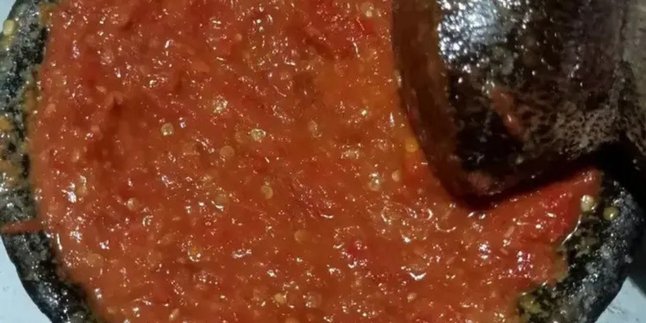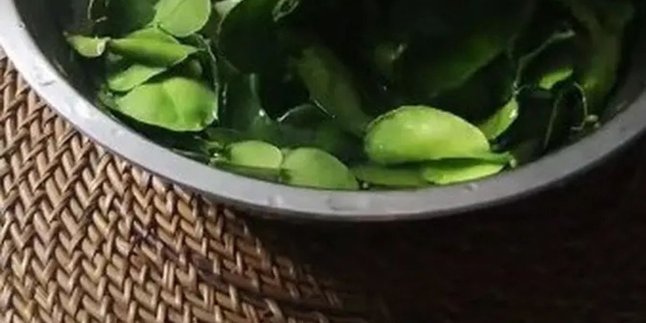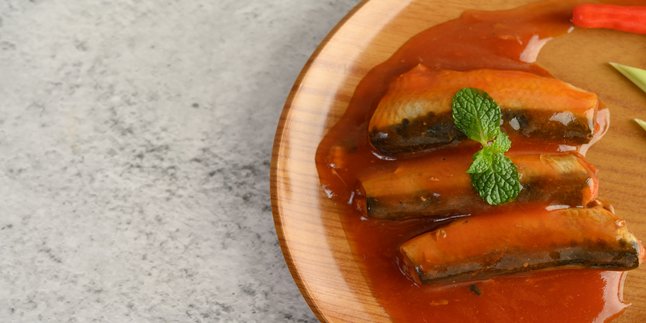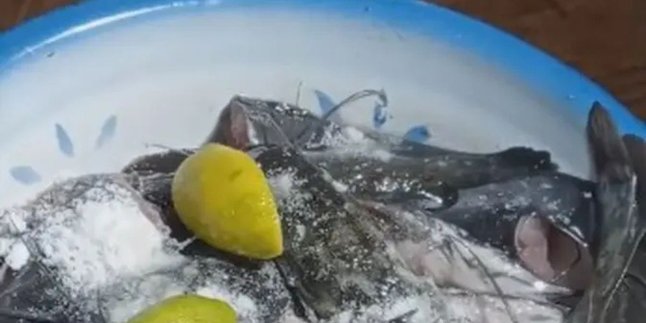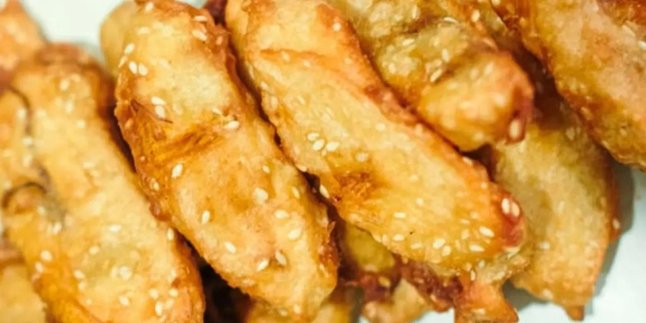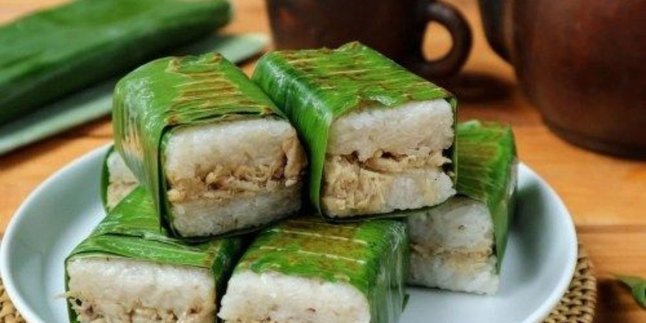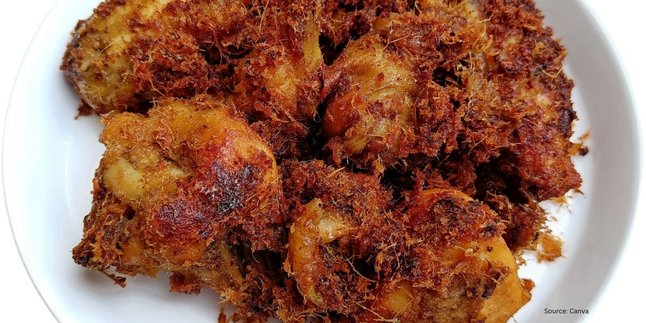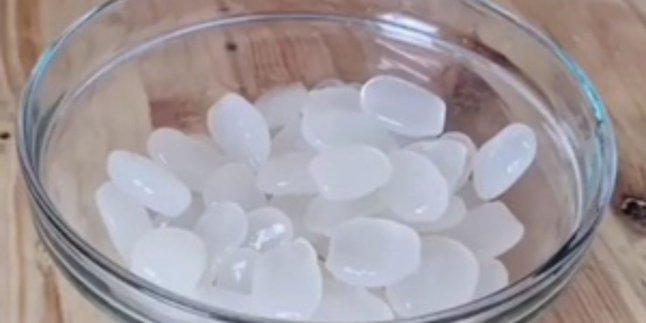Kapanlagi.com - The continuously rising prices of cooking oil have made many people choose to reuse used oil more than once. However, the use of this oil often brings problems, such as a change in color to black, the emergence of a rancid smell, and even the formation of foam when heated. Not only does it affect the taste of the dishes, but repeatedly used oil without proper care can also pose health risks, as it contains free radicals and toxic substances.
To address these issues, there are several effective ways you can apply to keep cooking oil clean, long-lasting, and safe for reuse. Summarized by Kapanlagi on Tuesday (25/03/2025) from various sources, here are tips and tricks you can use to save on cooking oil usage without sacrificing food quality or health. Let's take a look!
1. Causes of Cooking Oil Turning Black and Smelly Quickly
Repeatedly used cooking oil not only loses its clarity but also its quality can drastically decrease. Various factors such as burnt food residues, excessively high frying temperatures, and exposure to air and light that accelerate the oxidation process are the main causes of cooking oil quickly changing color to black and smelling rancid. Moreover, mixing new oil with used oil can worsen the situation. By understanding these causes, you can be wiser in using cooking oil, ensuring it remains safe and of high quality for every dish served.
2. How to Use Cooking Oil Repeatedly Without Smell and Blackness
To keep cooking oil durable and reusable, there are several effective tricks you can apply. One of them is to filter the oil after use, so that food residues that can damage the quality of the oil do not get used up. Additionally, the choice of food ingredients is also very influential; avoid frying foods that have a lot of dirt or strong odors, as this can ruin the cleanliness and flavor of your oil. With these simple steps, your cooking oil will remain clean and of high quality!
3. Use Raw Potatoes to Absorb Dirt
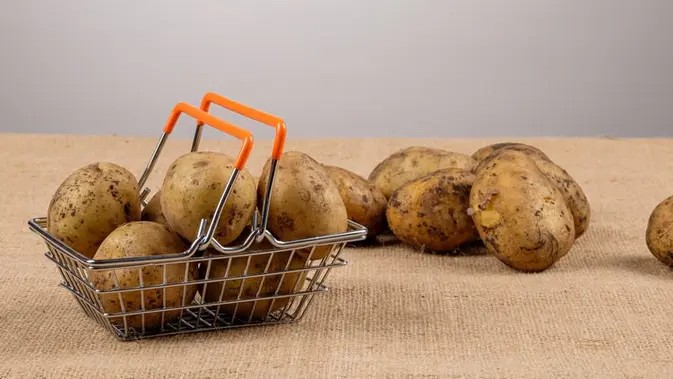
Potato Illustration Credit: unsplash.com/Andrey
Raw potatoes can surprisingly be an unexpected hero in cleaning used cooking oil! With their starch content, potatoes can absorb food remnants and dirt that settle in the oil. The method is very simple:
- Slice raw potatoes into several pieces.
- Heat the used oil over low heat.
- Add the potato slices for 2-3 minutes.
- Strain the oil to remove the potato remnants and dirt.
A tip to keep the oil clear after straining is to strain it slowly to lift all the dirt.
4. Clean Oil with Vinegar or Cornstarch
Who would have thought, vinegar and cornstarch could be heroes in cleaning cooking oil! With their remarkable ability to bind dirt, these two ingredients offer a practical solution for tackling dirty oil in the kitchen. The method is also very simple:
- Mix one tablespoon of vinegar or cornstarch into the oil.
- Stir until well combined and let it sit for a few minutes.
- Strain the oil to remove the settled dirt.
One thing to keep in mind to ensure the oil remains safe to use is not to use excessive amounts of vinegar or cornstarch.
5. The Correct Way to Store Cooking Oil
Maintaining the quality of used cooking oil should not be taken lightly, and how it is stored has a significant impact! Use a glass container or a tightly sealed plastic bottle to avoid contamination. Also, make sure to store the oil in a cool place away from direct sunlight to prevent it from oxidizing quickly. Avoid common mistakes such as storing oil in hot or humid areas, and don't forget to always check the condition of the oil before reusing it. By doing this, you can ensure that the cooking oil remains of good quality and ready for use!
6. How Safe is Cooking Oil for Repeated Use?
Experts recommend that we limit the use of cooking oil to a maximum of two times. Although it may appear clear after two uses, the quality and nutritional value of the oil have actually decreased. Additionally, it is important to understand the difference in shelf life between vegetable oil, coconut oil, and olive oil. Using oil that is no longer suitable for use can pose health risks, especially if consumed over a long period. So, let’s be wise in choosing cooking oil to maintain our health!
7. Characteristics of Oil that is No Longer Suitable for Use
Pay attention to the following characteristics as indicators that cooking oil is no longer suitable for use:
- Color has darkened.
- Smells rancid.
- Thick and sticky texture.
- Produces a lot of smoke and foam when heated.
- Food color becomes too dark.
- Food taste becomes unpleasant.
8. Frequently Asked Questions about Used Cooking Oil
There are often questions regarding the use of used oil. Some of them are:
1. Can used oil that has turned black still be used?
Not recommended. Oil that has turned black indicates high oxidation and is likely to contain harmful substances. It is better to dispose of it and replace it with new oil.
2. How can I tell if the oil has gone rancid?
Rancid oil usually has a pungent smell, tastes bitter when sampled, and produces more smoke when heated.
3. Is it okay to mix new oil with used oil?
Not recommended. Mixing new oil with used oil can accelerate the deterioration of the new oil and make food less healthy.
4. Can used oil be stored in the refrigerator?
Yes, but it's not necessary. Oil is better stored at room temperature in a cool place away from direct sunlight. If you want to store it in the refrigerator, make sure it is in an airtight container.
5. How should I dispose of used cooking oil that is no longer suitable for use?
Do not pour it directly down the sink or drain as it can clog pipes. It is better to pour it into a closed container, then dispose of it with household waste or use it to make used oil candles.
(kpl/khs)
Disclaimer: This translation from Bahasa Indonesia to English has been generated by Artificial Intelligence.
